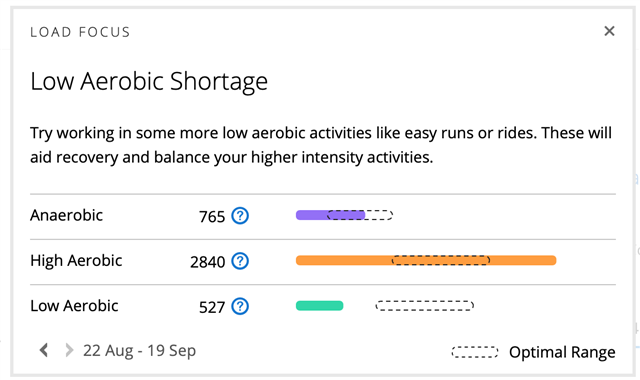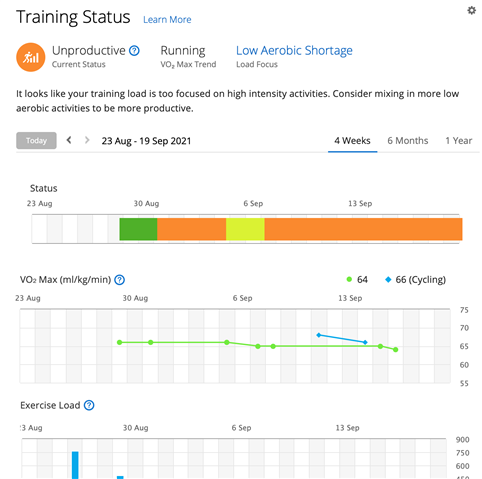All,
What could be the problem. My VO2 max is 65 for running and for cycling 68.
I am 38 year and have in a good condition but far from a professional rider or runner. Marathon in 3h and cycling in the mid category let say. I have however a rest HR of 33 (natural always been low but never a problem for doctors) and a max HR of about 185. Seems that something need to be wrong and as well he (forerunner 945) give me the advice to do less and less as I am overtraining myself. A bit annoying as I feel good and rest HR keeps low or at least not 10 extra at the day of an intens training.
Hope someone can help me as it is annoying that the wash seems to be angry at me and want me to stop training with my VO2max values much too high.
Kind regards,









